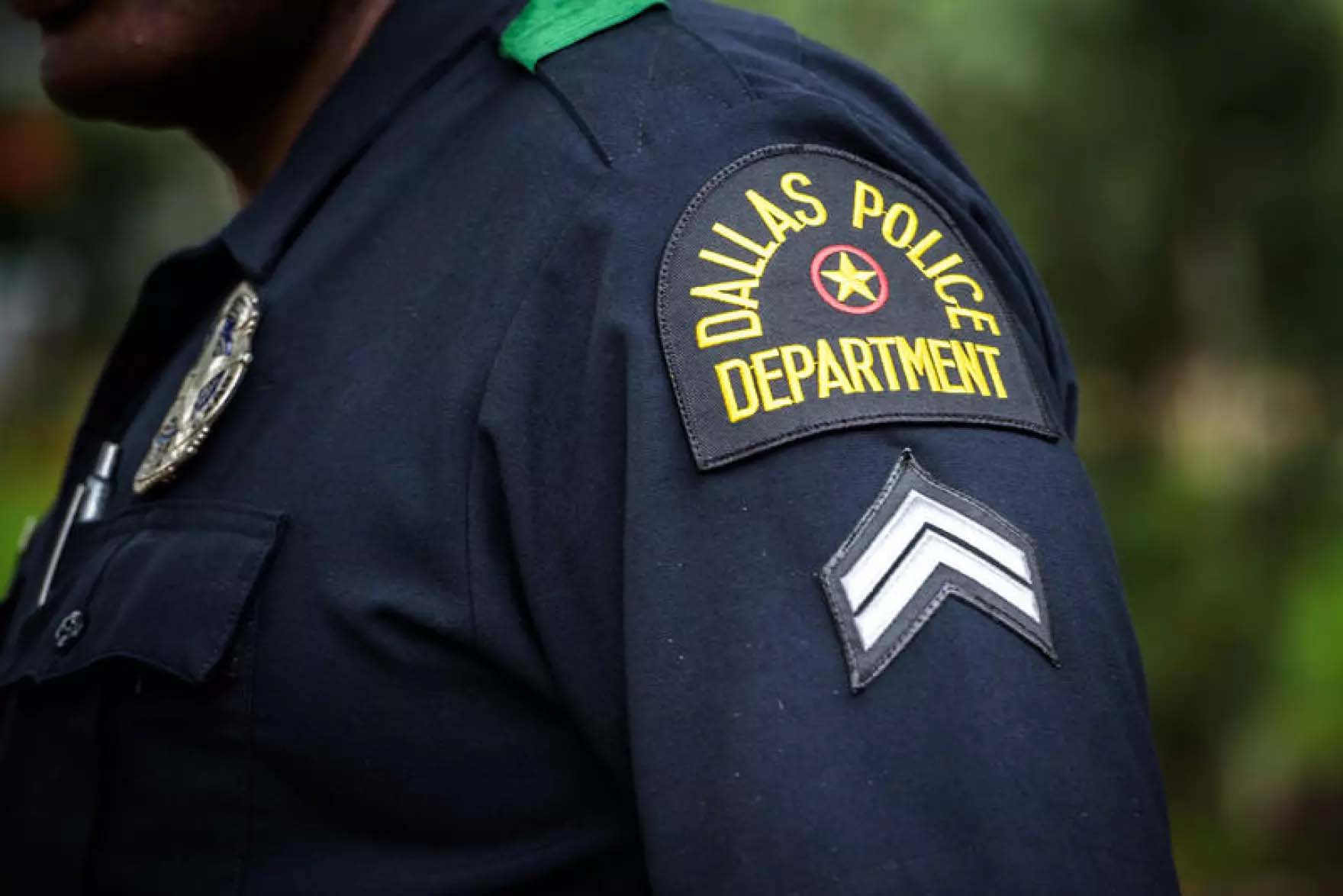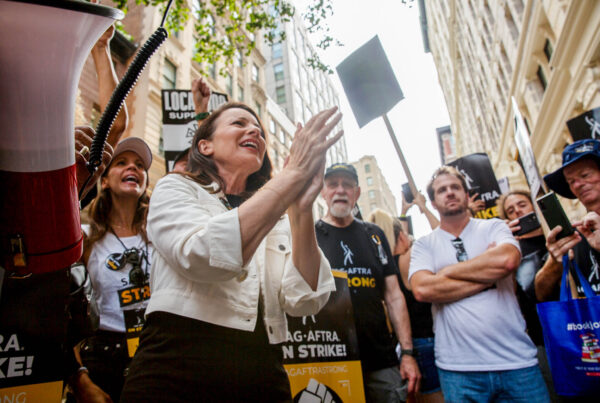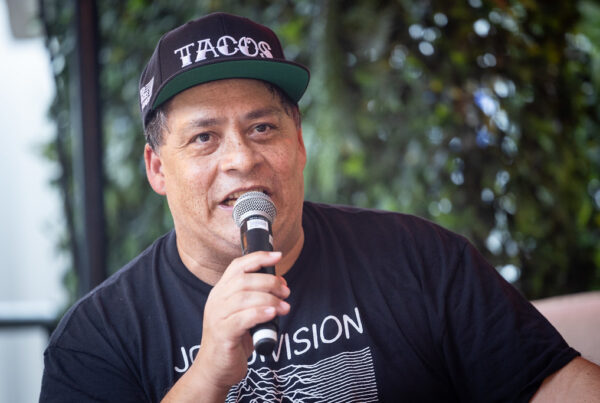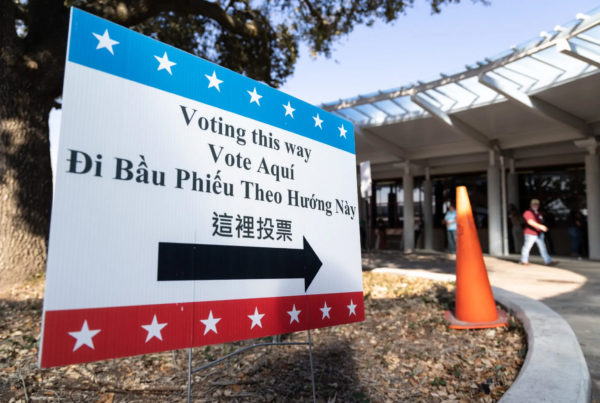After the death of George Floyd in 2020, nationwide demonstrations erupted to protest police brutality. But at times, protesters were met with the very thing they were protesting: excessive force by police.
Like many cities in the U.S., Dallas has long grappled with the issue of police violence, and a new series from the Dallas Morning News, Black and Blue, examines the history and impact of excessive use of force.
Miles Moffeit, an investigative reporter for the Dallas Morning News, joined the Standard to share more about their findings.
This transcript has been edited lightly for clarity:
Texas Standard: Tell us a little bit about the background of the series and how you and your team went about reporting.
Miles Moffeit: Well, during the George Floyd protests, we became aware of dozens of arrests that looked to be baseless. Lots of arrests appeared to be brutal. And there was one case in particular involving Sgt. Roger Rudloff, who was captured on film blasting a Latina protester in the breast with pepper balls. And the photographer who captured it was immediately arrested.
And that episode became sort of the launching pad for many, many more inquiries over the next three years. But ultimately, he was he was not charged; he was not punished. And the trajectory of his investigation became this sort of litmus test for us to see whether that was happening with other officers.
What happened to the Dallas police officer who fired the weapon?
Interestingly, he was kept on the job despite, you know, the photographic evidence, video evidence, civil rights experts saying this is the kind of brutality that we’ve been protesting and want to see stop. And they shifted him to the auto pound for about the last year. I believe he retired recently, but he suffered no disciplinary consequences.
» GET MORE NEWS FROM AROUND THE STATE: Sign up for our weekly ‘Talk of Texas’ newsletter
What have you and your team found about inappropriate or unnecessary use of force by the Dallas Police Department? And what have they said about these instances?
Our most recent installment examined the history of one officer in particular as sort of a lens into how the Dallas Police Department mishandles brutality cases. And what we found was that they’re not meeting basic standards under the Department of Justice standards: Their practices, at least in eight areas, fall short.
And we’re talking about very basic things like failing to interview witnesses, failing to do detailed questioning, failing to document. They don’t have to record their interviews. These are largely internal affairs investigations, but we’ve seen problems as well with the criminal investigations conducted by a separate unit, public integrity. And when you bring these things together and you start examining officers who have long histories, these patterns repeat themselves.
You mentioned the federal standards. Of course, as most know, the feds don’t have a police department; closest thing, I suppose, would be the FBI. Does Texas have standards for police similar to what you were talking about?
You know, the standards have been shaped over the years by police associations. There’s legislation that encourages body cams, you know, video and equipping officers with that sort of thing.
But the associations over the years have won legislation that permits officers to get previews of video they were wearing, video that was taken by other people, before they’re actually even interviewed. So that gives them an upper hand, takes away the surprise element for investigators who, you know, really want to do a detailed examination of what happened.
This is an ongoing effort. What comes next? I gather that you have a news story that’s in preparation?
Oh, absolutely. The first installment focused on one officer and provided a window into how the system broke down. And what you’re going to see in the second installment is, say, the wide angle lens, you know, taking a broader view, a deeper view into the history of the police department, as well as more numbers that are going to tell an even more disturbing story.
What have you been hearing from the Dallas Police Departments? Surely they’ve seen your reporting.
We’ve shared the details of our findings with them, and they simply refused to comment. City officials also are quiet; they haven’t responded despite a chorus of civil rights leaders and the local oversight board saying we need to address this. It’s been mystifyingly quiet.














